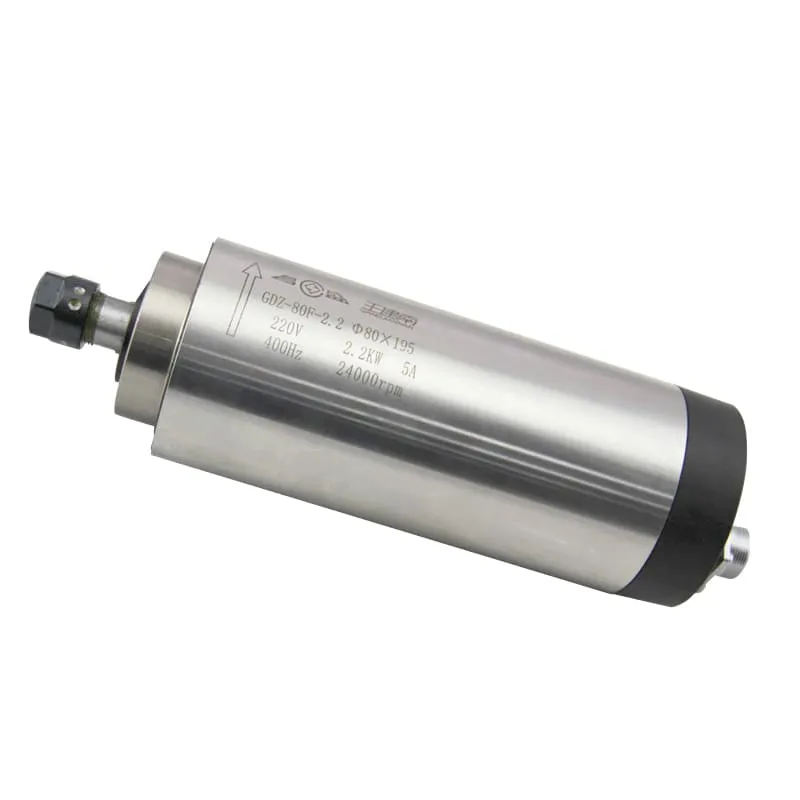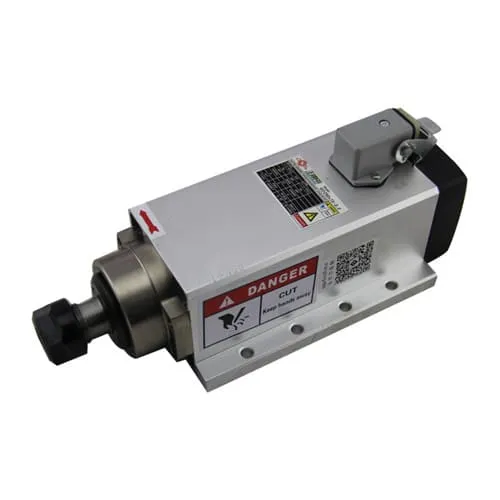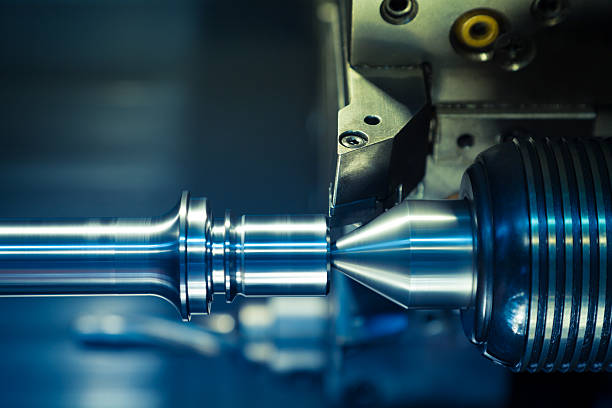Here’s a draft article on “How long does it take to learn CNC” incorporating the requested elements:
How long does it take to learn CNC?
Learning CNC (Computer Numerical Control) machining is an exciting journey that opens up a world of possibilities in manufacturing and design. Whether you’re a hobbyist looking to create custom parts or a professional aiming to advance your career, understanding the time investment required to master CNC is crucial. In this comprehensive guide, we’ll explore the factors that influence the learning curve and provide insights to help you navigate your CNC education effectively.
Understanding the Basics of CNC
Before diving into the timeline, it’s essential to grasp what CNC entails. CNC machining is a manufacturing process where pre-programmed computer software dictates the movement of factory tools and machinery. This technology can control a wide range of complex machinery, from grinders and lathes to mills and CNC routers.

The heart of any CNC machine is its spindle motor, which provides the rotational force necessary for cutting and shaping materials. For instance, the 2.2KW ER16 Air-Cooled Spindle is a popular choice for many CNC setups due to its balance of power and precision.
The Learning Curve: What to Expect
The time it takes to learn CNC varies significantly based on several factors:
- Your background and previous experience
- The complexity of the CNC machine you’re learning
- The depth of knowledge you aim to achieve
- The resources and training methods available to you
For most individuals, gaining basic proficiency in CNC operations can take anywhere from 3 to 6 months of dedicated study and practice. However, becoming a true expert may require years of experience and continuous learning.
Starting with the Right Foundation
To begin your CNC journey on the right foot, consider these steps:
- Understand the theory: Learn about G-code, coordinate systems, and machine components.
- Start with simple projects: Begin with basic designs before moving to complex parts.
- Practice safety protocols: Always prioritize machine and personal safety.
- Join CNC communities: Connect with experienced machinists for advice and support.
“The best way to learn CNC is by doing. Start small, make mistakes, and learn from them.” – Experienced CNC Machinist
Mastering CNC Programming
Programming is at the core of CNC machining. While the basics can be grasped in a few weeks, truly mastering CNC programming takes time and practice. Here’s a rough timeline:
- 1-2 months: Basic G-code commands and simple part creation
- 3-6 months: Intermediate programming skills, including loops and subroutines
- 6-12 months: Advanced programming techniques and optimization
For those looking to specialize in high-speed applications, consider exploring spindles like the 60000RPM 300W ER8 Water-Cooled Spindle, which can significantly enhance your machining capabilities.
The Role of Hands-On Experience
Theory is important, but hands-on experience is invaluable. Most CNC operators agree that real proficiency comes from:
- Troubleshooting common issues
- Setting up and calibrating machines
- Interpreting and optimizing G-code
- Understanding material properties and tool selection

Working with various spindle types, such as the 2.2KW ER20 Square Air-Cooled Spindle with Flange, can provide valuable insights into different machining requirements.
Advancing Your CNC Skills
Once you’ve mastered the basics, you can focus on advancing your skills:
- CAD/CAM software: Learn to design and simulate parts before machining
- Multi-axis machining: Explore 4-axis and 5-axis CNC operations
- Specialized techniques: Study high-speed machining, micro-machining, or exotic material processing
The Impact of Training Methods
The method of training you choose can significantly affect your learning timeline:
- Formal education: 2-4 years for a degree in machining or manufacturing technology
- Vocational programs: 6-18 months for a certificate or diploma
- Apprenticeships: 3-4 years combining on-the-job training with classroom instruction
- Self-study: Varies widely, but can be effective with discipline and good resources
Continuous Learning in CNC
CNC technology is constantly evolving. Staying current with the latest advancements is crucial for long-term success. This might include:
- Attending industry conferences and workshops
- Reading trade publications and online forums
- Experimenting with new materials and techniques
- Upgrading to more advanced CNC equipment
For instance, learning to work with high-power spindles like the 24000RPM 7.5KW ER32/40 Water-Cooling Spindle can open up new possibilities in large-scale machining projects.
Factors That Can Accelerate Your Learning
While learning CNC takes time, certain factors can speed up the process:
- Immersive learning environments: Full-time dedication to CNC studies
- Access to modern equipment: Practicing on up-to-date machines
- Mentorship: Learning from experienced professionals
- Project-based learning: Applying skills to real-world problems
- Cross-training: Understanding related fields like design and engineering
Overcoming Common Challenges
Every CNC learner faces obstacles. Here are some common challenges and how to overcome them:
- Complex math: Focus on practical applications and use calculators when needed
- Software learning curve: Start with user-friendly CAM software before advancing
- Machine maintenance: Learn basic maintenance alongside operation skills
- Material waste: Practice with inexpensive materials before moving to costly ones
The Importance of Specialization
As you progress, you may want to specialize in a particular area of CNC machining:
- CNC milling
- CNC turning
- CNC routing
- CNC plasma cutting
Each specialization has its own learning curve and may require familiarity with specific types of spindles and tools.
Balancing Theory and Practice
A well-rounded CNC education balances theoretical knowledge with practical skills:
| Theoretical Knowledge | Practical Skills |
|---|---|
| G-code programming | Machine setup |
| CAD/CAM principles | Tool selection |
| Material science | Troubleshooting |
| CNC machine design | Quality control |
Aim to dedicate equal time to both aspects for comprehensive learning.
The Role of Certification in CNC Learning
Certifications can validate your skills and potentially accelerate your career progression:
- NIMS (National Institute for Metalworking Skills) certifications
- PMPA (Precision Machined Products Association) certifications
- SME (Society of Manufacturing Engineers) certifications
While not mandatory, these certifications can demonstrate your commitment and expertise to potential employers.
Leveraging Online Resources
The internet has revolutionized CNC learning, offering resources like:
- Video tutorials
- Online courses
- Virtual machining simulators
- CNC forums and communities
These tools can supplement traditional learning methods and provide flexibility in your education.
FAQs
1. Can I learn CNC machining without any prior experience?
Yes, you can start learning CNC machining without prior experience. However, having a background in machining, engineering, or computer programming can be beneficial and may shorten the learning curve.
2. How much does it cost to learn CNC?
The cost of learning CNC can vary widely. Self-study with online resources can be relatively inexpensive, while formal education programs can cost thousands of dollars. Factor in the potential need for practice materials and access to CNC equipment.
3. Is it necessary to learn G-code to operate CNC machines?
While modern CAM software can generate G-code automatically, understanding G-code is crucial for troubleshooting, optimizing programs, and making on-the-fly adjustments. It’s an essential skill for any serious CNC operator.
4. What’s the difference between learning CNC for hobby use versus professional use?
Hobby CNC users may focus on smaller machines and simpler projects, while professional use often requires knowledge of industrial-grade equipment, advanced programming, and stringent quality control measures. The learning curve for professional use is generally steeper and more comprehensive.
5. How often do CNC skills need to be updated?
CNC technology evolves continuously, so it’s important to stay current. Plan on refreshing your skills every few years, especially when new software versions or machine types are introduced in your field.
Conclusion
Learning CNC is a journey that combines technical knowledge, practical skills, and creative problem-solving. While the basics can be grasped in a matter of months, true mastery is an ongoing process that can span years. The key to success lies in consistent practice, staying curious about new developments, and never stopping your education.
Remember, every expert was once a beginner. With dedication, the right resources, and a passion for creating, you can navigate the CNC learning curve and unlock a world of manufacturing possibilities. Whether you’re working with a compact 800W ER11 Air-Cooled Spindle or a powerful industrial machine, the principles of CNC remain the same. Embrace the learning process, and you’ll find that the time invested in mastering CNC is well worth the remarkable capabilities it offers.
By understanding the timeline and factors involved in learning CNC, you can set realistic expectations and create a structured path to achieve your goals. Whether you’re aiming for a career change, looking to enhance your current skillset, or pursuing CNC as a hobby, the journey to CNC proficiency is both challenging and rewarding. Start your CNC learning adventure today, and watch as a world of precision manufacturing unfolds before you.

